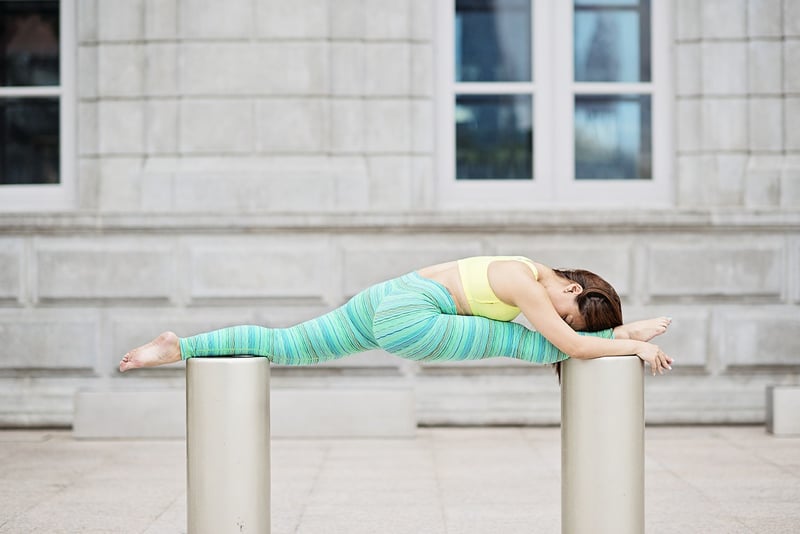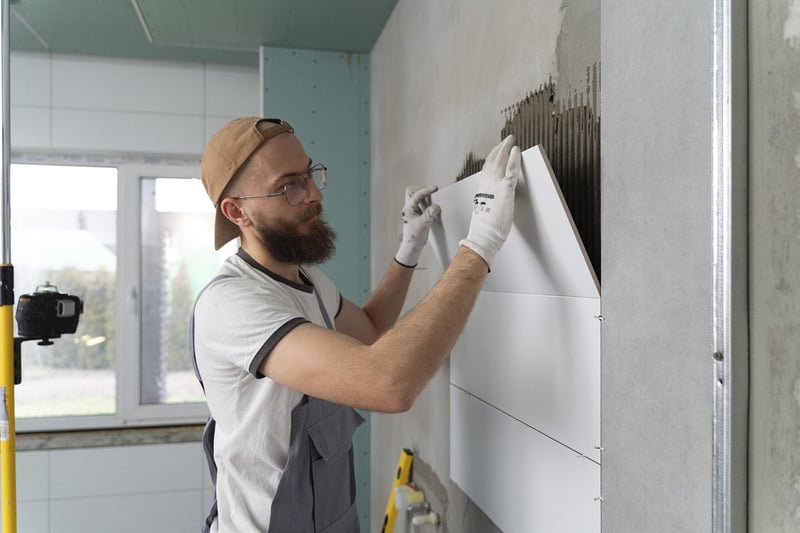Restorative
Physical and Mental Well-being through Movement + Restorative

The Power of Movement and Restorative Practices
Physical and mental well-being are closely intertwined, and incorporating a balance of movement and restorative practices into your routine can have a profound impact on your overall health.
Benefits of Movement
Regular physical activity not only helps in maintaining a healthy weight and improving cardiovascular health but also has numerous mental health benefits. Exercise releases endorphins, which are known as "feel-good" hormones, helping to reduce stress, anxiety, and symptoms of depression.
Types of Movement
- Cardiovascular exercises like running, swimming, or cycling
- Strength training with weights or bodyweight exercises
- Flexibility exercises such as yoga or Pilates

The Importance of Restorative Practices
Restorative practices are essential for allowing your body and mind to recover and rejuvenate. Techniques like meditation, deep breathing exercises, and gentle stretching can help reduce muscle tension, lower blood pressure, and promote relaxation.
Combining Movement and Restorative Practices
By combining regular movement with restorative practices, you can create a holistic approach to your well-being. For example, following an intense workout with a yoga session or ending your day with a meditation practice can help balance the physical and mental aspects of your health.
Final Thoughts
Remember, listening to your body and finding a balance between movement and restorative practices is key to achieving optimal physical and mental well-being. Incorporate both elements into your daily routine to experience the transformative effects on your overall health.

Embrace the power of movement and restorative practices to nurture your body and mind, and embark on a journey towards a healthier and happier you!
